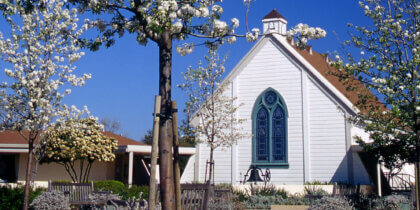
George Webber | Sonoma Stories —
1869 was a hard year for Sonoma. General Vallejo’s Casa Grande, his huge wood and adobe home on the north side of the Plaza, had been reduced to ashes two years before in a spectacular fire. The American economy was sputtering as the great debt of the American Civil War came due, and the vast war-time expansion ran out of steam. But two families made the sensible decision to join together and create a Sunday school under a large live-oak tree.
Edwin Sutherland and his wife were operating a ranch on property that is now the Sonoma Golf Club, and they desired formal religious instruction for their five children. Conveniently, his sister, Mrs. Fanny Dunn and her husband, lived across the road with their six children. And so the Big Tree Sunday School was born. Immediately popular, services were held in the Harvey Schoolhouse during the wintertime.
In 1871 church leaders decided to form their own church, and 20 people signed a pledge to create the First Congregational Church of Sonoma. For two years services continued under the Big Tree and at the schoolhouse, and in 1873 a lot was purchased on Broadway for $300 where the Shell Station stands today. But building a church costs a great deal of money; records of the day state that: “every possible means that could be considered honorable were used to raise funds.”
Finally completed in 1879, the church was furnished with red carpets and red cushions for the wooden pews. Renting these pews was a main source of income; middle pews went for $30 a month, around $1,000 in today’s money. Pews on the side and rear of the chapel were less expensive.
In 1875 two handsome chandeliers appeared, gifts from the North Congregational Church of New Haven, Connecticut. In 1885 a group of young women who called themselves the Busy Bees raised $400 to purchase a fine bronze bell to call worshippers to service. In 1897 a gorgeous stained glass window that is still in place today was gifted by Mrs. Rouse of Oakland, in honor of her Aunt Phoebe and Uncle Obed Chart, who were among the founders in 1869.
By the 1940s it was clear that the First Congregational Church of Sonoma had outgrown its building on Broadway. Plans were made and changed, and changed again. Finally, in 1955 an ideal lot on Spain Street was found, up against the open space of the General Vallejo Home State Park. It was purchased for $12,000, with $2,000 down and the rest to be paid within 5 years at 5% interest, payable quarterly.
New buildings were to be built on both sides of the chapel, which would be moved from its location on Broadway to West Spain Street by truck. May 27, 1960 was a day of great excitement. The top part of the church was mounted on dollies, and then placed on trucks. PG&E was on hand to lift the electrical wires as the church slowly maneuvered down the street. The big left turn on West Napa Street was easy, as was the right turn onto 1st Street West. But the left turn onto West Spain Street, where the Girl and the Fig is today, was made with just a few inches to spare.
Ever since the new campus opened in 1960 it has been used to support our Sonoma community. When Vintage House was founded in 1977 its first home was right there on West Spain Street. Old Adobe School has provided high quality early childhood education in Burlingame Hall since 1990, and in 1996 the center for Jewish life in the Sonoma Valley, Congregation Shir Shalom, began sharing the campus. In what is a visionary example of interfaith coexistence, members of Shir Shalom observe the Sabbath there from sunset Friday night until Saturday evening, and on Sunday the Christians return for their Sabbath. In 2021 the First Congregational Church of Sonoma celebrated 150 years of spirituality and service to the Sonoma community.

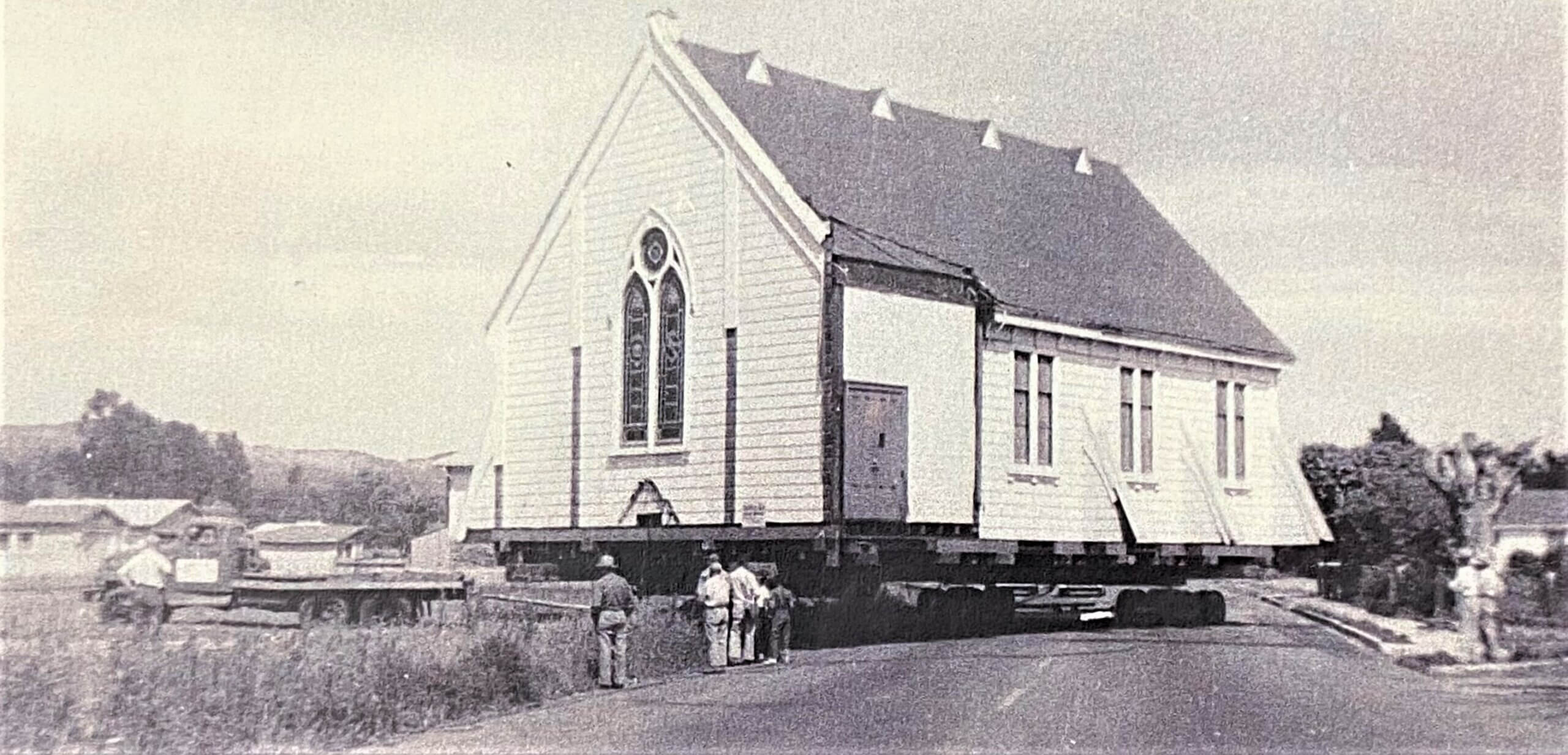
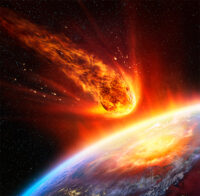

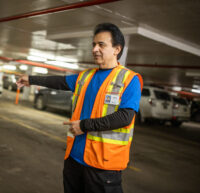
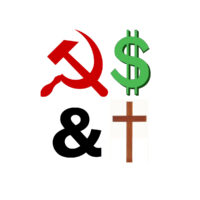
Be First to Comment